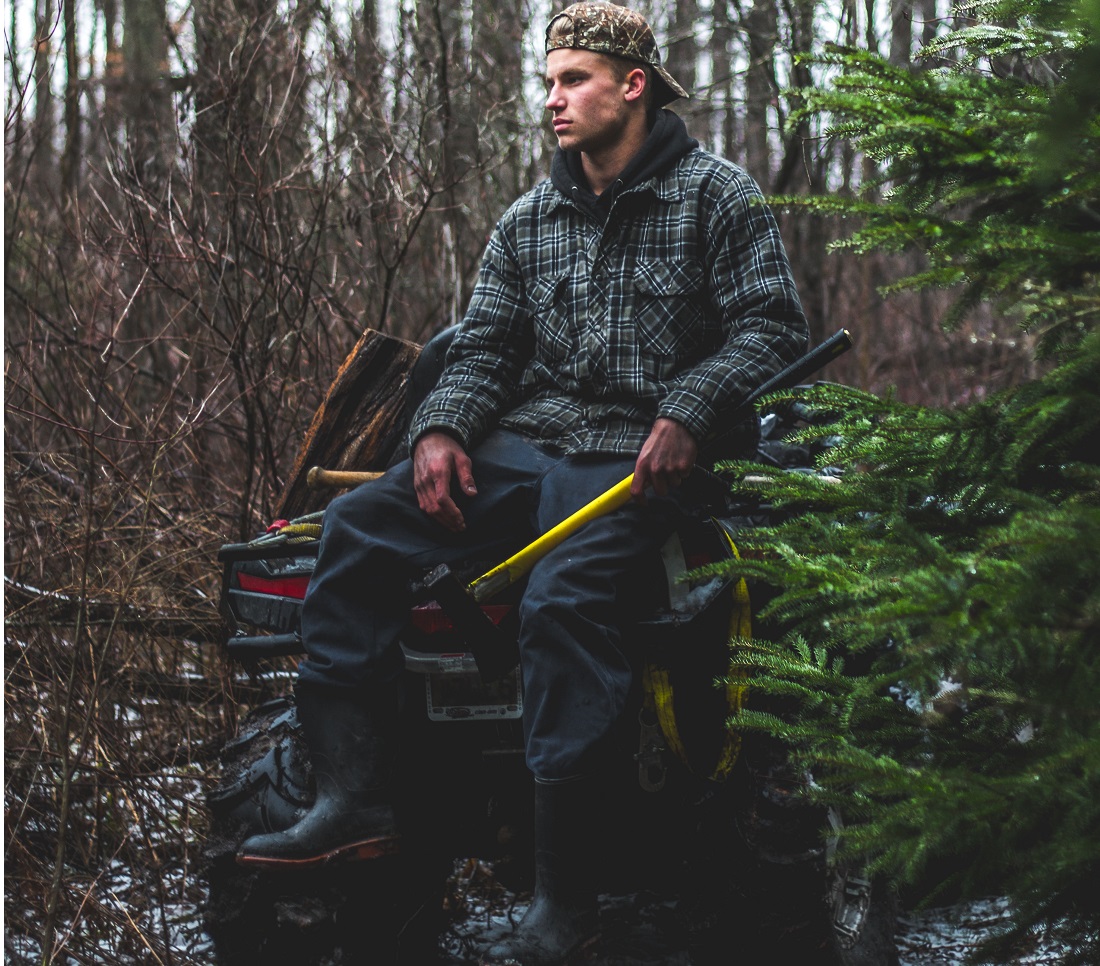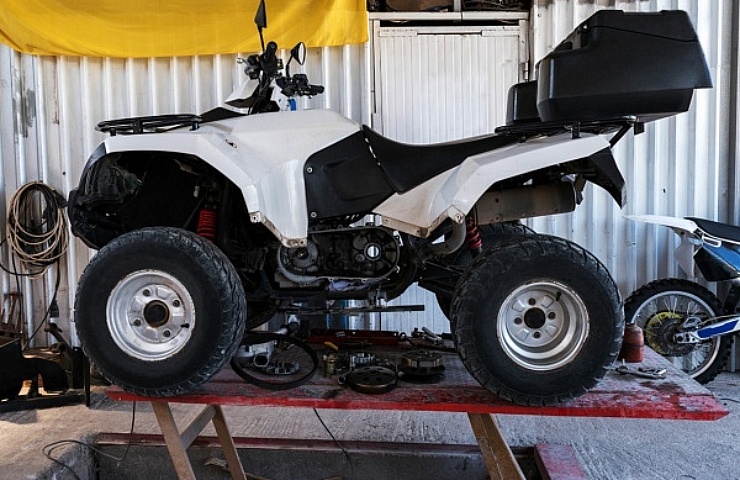Overcome the Wild: Your Ultimate ATV Exploration Waits For
Overcome the Wild: Your Ultimate ATV Exploration Waits For
Blog Article
ATV Riding Methods: Mastering the Art of Off-Roading

Body Positioning
To successfully browse with challenging off-road surface, it is important for ATV cyclists to continually maintain correct body positioning. Keeping the proper body setting while riding an ATV not just improves control and stability but also ensures the cyclist's security. By taking on the correct body positioning methods, motorcyclists can properly distribute their weight, improve their equilibrium, and decrease the threat of mishaps or injuries.
One secret element of correct body placing is maintaining the feet on the foot fixes. Placing the feet on the foot pegs allows the motorcyclist to maintain security and control over the ATV. The biker's knees must be a little bent, offering a minor suspension to keep and soak up shocks equilibrium. In addition, the cyclist's top body need to continue to be loosened up and adaptable, enabling smooth and fast motions when needed. This includes keeping a light grip on the handlebars to maintain control without excessive pressure.
Moreover, the motorcyclist's eyes ought to always be concentrated in advance, scanning the terrain and anticipating any obstacles or changes in the trail. By keeping an ahead gaze, riders can make split-second decisions and respond appropriately to testing terrain.
Throttle Control
Building upon the relevance of proper body positioning for ATV motorcyclists, grasping throttle control is an essential skill that makes it possible for riders to effectively steer with different off-road terrains. Strangle control refers to the capability to manage the amount of power delivered to the ATV's engine. By understanding how to adjust the throttle, cyclists can guarantee a smooth and controlled acceleration, enabling them to browse challenges with accuracy.
One of the basic elements of throttle control is learning to regulate the throttle efficiently. Unexpected or jerky activities can cause the ATV to shed traction or end up being unpredictable, making it challenging to keep control. Instead, bikers need to aim for steady and purposeful throttle inputs, particularly when going across challenging terrains. This strategy allows the ATV to preserve a constant speed and offers far better grip, decreasing the danger of crashes.
In enhancement to smooth modulation, bikers have to also learn how to balance the throttle with various other riding strategies, such as body positioning and braking. For instance, when climbing up steep hillsides, riders require to use enough throttle to preserve momentum without overpowering the ATV or creating wheel spin. Similarly, when descending steep inclines, cyclists ought to utilize the throttle in combination with proper body stopping and placing to preserve control and avoid the ATV from moving or tipping over.

Braking Methods
A vital element of ATV riding strategies is grasping effective stopping techniques. It is vital to bear in mind that severe stopping with only the front brake can create the ATV to pitch ahead, possibly leading to loss of control or even turning over. useful reference By mastering these stopping techniques, you can boost your ATV riding skills and make certain a satisfying and safe off-roading experience.
Cornering Strategies
One essential facet of grasping ATV riding techniques is comprehending reliable cornering techniques. Collaring on an ATV can be challenging, however with the appropriate methods, cyclists can navigate turns securely and successfully. The key to effective cornering is to keep control of the ATV while maximizing grip and minimizing the danger of tipping over.
To carry out a correct cornering technique, motorcyclists should approach the turn at an ideal speed, ensuring they are not going also fast or as well slow-moving. It is crucial click to find out more to move the body weight in the direction of the within the turn, leaning into it to preserve equilibrium and security. This aids for the centrifugal pressure and maintains the ATV upright.
Additionally, bikers ought to maintain their eyes concentrated on the leave point of the turn rather than the instant course in advance (ATV). This enables smoother and much more specific guiding, as it aids the rider anticipate any obstacles or modifications in surface
In addition, proper throttle control plays a significant function in cornering. Motorcyclists need to modulate the throttle smoothly, avoiding unexpected accelerations or decelerations, which can trigger loss of control.
Uphill and Downhill Riding
When navigating off-road terrain, ATV motorcyclists must grasp the methods for uphill and downhill riding to preserve control and guarantee security. Uphill riding requires a mix of equilibrium, throttle control, and weight distribution. As bikers rose steep slopes, they need to lean ahead to change their weight towards the front of the ATV, which increases traction on the front wheels and stops the car from turning in reverse. ATV. In addition, maintaining a consistent throttle and staying clear of sudden velocity or deceleration helps to stop the ATV from shedding energy or getting stuck. Downhill riding, on the various other hand, requires cyclists to lean back and change their weight towards the rear of the ATV. This assists to keep security and prevent the vehicle from turning onward. It is important to utilize the brakes sparingly and use them progressively to avoid review securing the wheels and losing control. Moreover, motorcyclists must choose the path with the least challenges, as browsing downhill can be extra tough as a result of the increased rate and reduced traction. By understanding the strategies for uphill and downhill riding, ATV motorcyclists can confidently take on numerous off-road terrains and enjoy a exciting and risk-free experience.
Final Thought
To conclude, mastering the art of ATV riding needs a mix of body positioning, throttle control, braking techniques, and efficient cornering. Uphill and downhill riding also need particular abilities to browse safely. By applying these methods, motorcyclists can enhance their off-roading experience and enhance their overall control and safety on the ATV.
ATV Riding Techniques: Mastering the Art of Off-Roading is a comprehensive guide that digs right into the complexities of grasping the abilities needed for off-road ATV riding. Whether you are a novice or a knowledgeable biker, ATV Riding Techniques: Grasping the Art of Off-Roading provides important recommendations to assist raise your off-road ATV riding skills to the next level.

Report this page